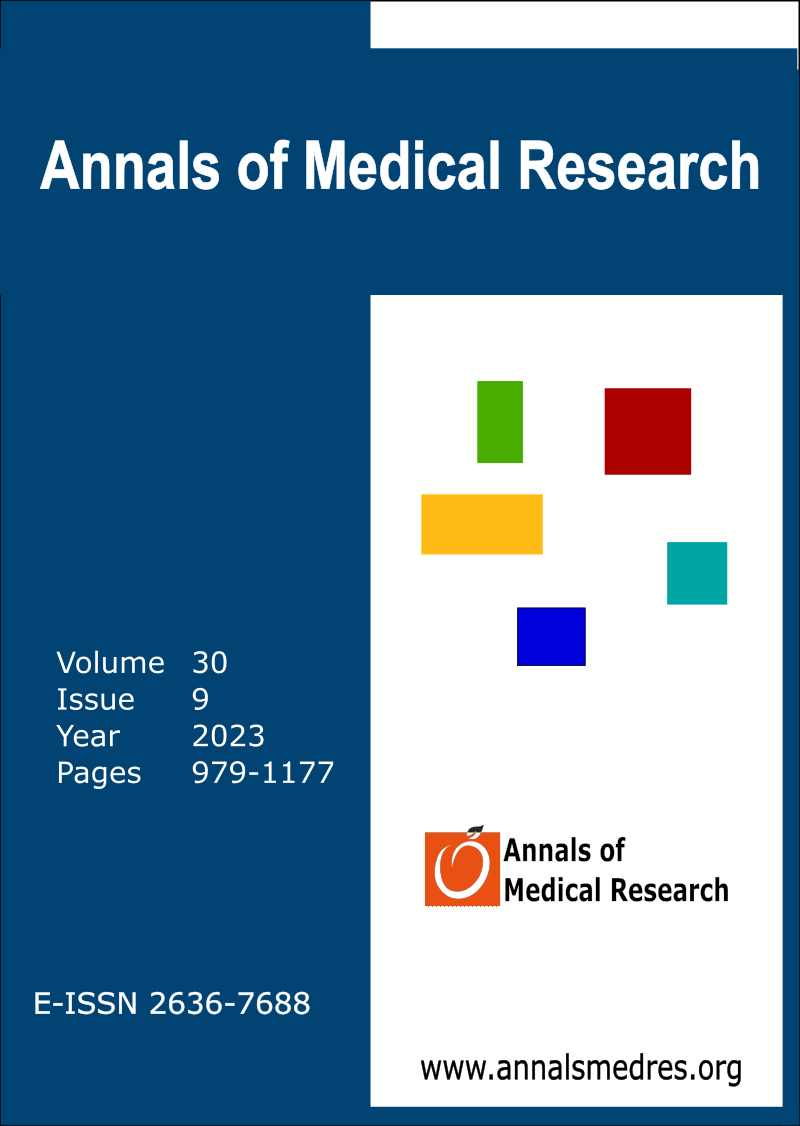Comparison of the efficacy of epidural blood patch and transnasal sphenopalatine ganglion block in the treatment of postspinal puncture headache
Keywords:
Postspinal puncture headache, Epidural blood patch, Sphenopalatine ganglion blockAbstract
Aim: Postspinal puncture headache (PDPH) affects postoperative recovery and patients' quality of life after surgery. PDPH is the most common complication of spinal anesthesia that affects patients' well-being the most. The epidural blood patch (EBP) is the gold standard for interventional treatment of PDPH. Sphenopalatine ganglion block (SPGB), a new noninvasive method for treating PDPH, has come to the forefront. SPGB is noninvasive and very easy to perform compared with EBP. This study aims to compare the efficacy of the two interventional methods in treating PDPH.
Materials and Methods: Between January 1, 2018, and February 1, 2023, 30 cases diagnosed with PDPH underwent EBP and 28 SPGB. Case demographics, type of surgery performed, whether complications occurred after the procedure, and the amount of acetaminophen taken within 24 hours were recorded in mg. The VAS scores were recorded 8 times, in the first half hour before and after surgery, and, 1, 2, 4, 6, 12 and 24 hours after the surgery.
Results: There was no statistically significant difference between the distributions of sex, type of surgery, and amount of acetaminophen taken after surgery by groups (p values respectively p= 0.245, p=0.994, p=0.131). There was a statistically significant difference between the distributions of 4th-hour values VAS by group (p=0.008). There is a statistically significant difference between the groups' distributions of the values of the 6th-hour VAS (p=0.016). VAS scores were lower in the epidural blood patch group. There was no difference between the VAS scores in the blood patch and block group in all other measurement periods. Nevertheless, comparing the time variables of the groups, the main effect of time has a statistically significant impact on the VAS (p < 0.001). There was a significant difference in the sphenopalatine ganglion block and epidural blood patch groups when the pre-surgery VAS value was compared with all post-surgery periods (p < 0.001, p < 0.001).
Conclusion: The epidural blood patch is the gold standard in treating postspinal headaches. However, it is a difficult procedure to perform since it is an invasive procedure. Sphenopalatine ganglion blockade is a treatment modality with very close efficacy to epidural blood patches in treating postspinal headaches. It can be used as an alternative treatment method in cases that do not accept treatment with the epidural blood patch. As postspinal headache mostly occurs in obstetrics patients, it can be safely used to protect a new-born mother and the baby from the side effects of drugs that pass into the breast milk.
Downloads
Published
Issue
Section
License
Copyright (c) 2023 The author(s)

This work is licensed under a Creative Commons Attribution-NonCommercial-NoDerivatives 4.0 International License.
CC Attribution-NonCommercial-NoDerivatives 4.0






